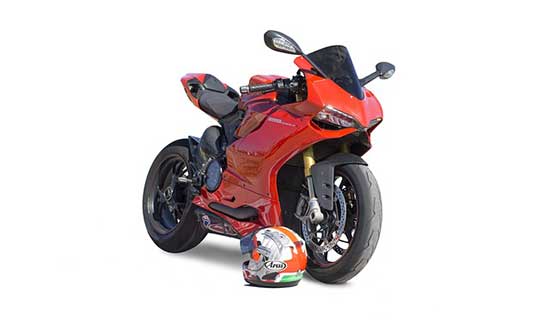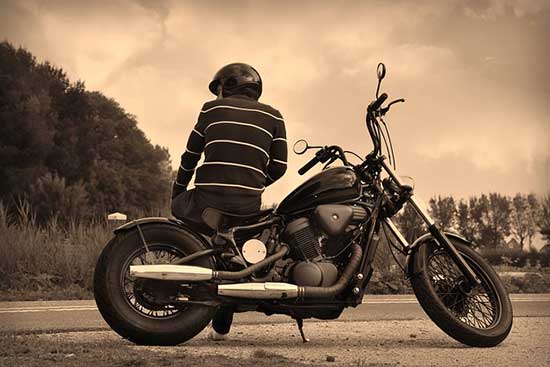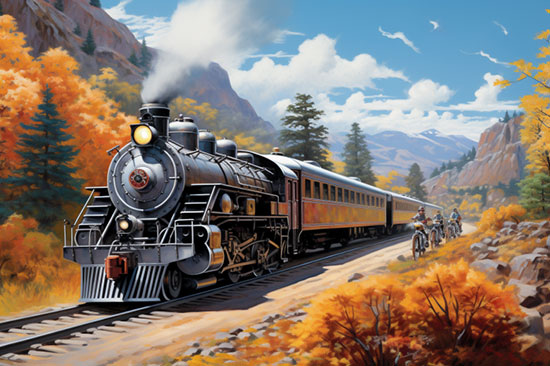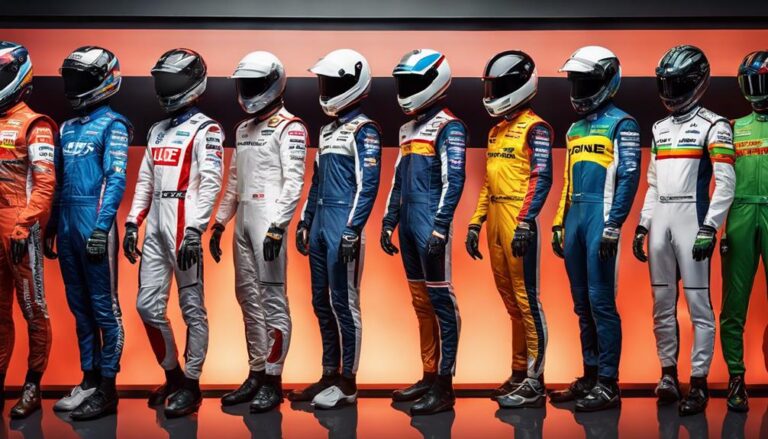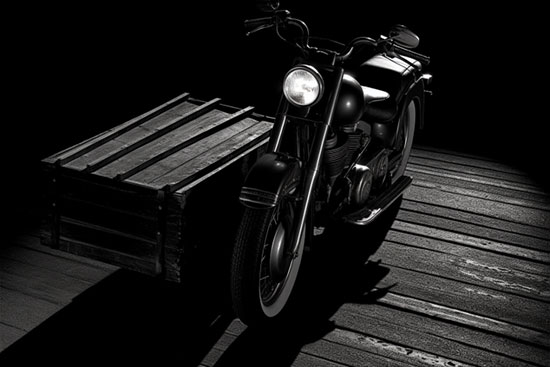You’re a motor enthusiast, you’ve heard the terms V4 and V-Twin, but what’s the difference? Let’s dive into the nitty-gritty of these two engine types.
We’ll uncover their basic features, performance, and even the distinct sounds they produce. It’s not just about choosing a bike, it’s about understanding what’s beneath the hood.
Contents
Understanding the Basics of V4 and V-Twin Engines
Before we go deeper, you’ve got to grasp the basics of V4 and V-Twin engines.
The V4, as you might infer, has four cylinders arranged in a V-shape configuration. This design allows a balance of power and smoothness, making it prevalent in high-performance applications.
On the other hand, the V-Twin engine comprises two cylinders arranged in a V formation, which is known for its torque and distinctive sound. It’s a staple in cruisers and touring motorcycles due to its low-end grunt and iconic rumble.
You mustn’t overlook the difference in physical size too. V4’s more compact build aids in weight distribution and handling. In contrast, the V-Twin, due to its larger dimensions, can influence bike design and ergonomics.
Each engine type presents a unique blend of performance, character, and aesthetics.
A Deep Dive Into the Features of V4 Engines
You’ll find that every one of those four cylinders in a V4 engine plays a significant role in delivering a mix of high-power output and smooth operation. This configuration balances power and smoothness, giving you an optimal riding experience.
Your interest in V4 engines may draw you towards:
- The unique firing order: this reduces vibrations and gives a smoother ride.
- Compact design: it’s ideal for small, high-performance machines.
- Improved balance: it reduces mechanical stress on the engine.
- High power output: it provides extra horsepower for an exhilarating ride.
Comparing it to a V-Twin engine, the V4 gives you a smoother, more powerful ride. However, it’s the compact design and unique firing order that truly sets it apart.
Unraveling the Characteristics of V-Twin Engines
Now, let’s delve into the characteristics of V-Twin engines, which you’ll find are renowned for their distinctive sound and impressive torque. It’s their unique configuration, with two cylinders set in a V arrangement, that creates this signature growl. You’ll notice the torque peaks at a lower RPM, providing a punchy low-end response you can’t ignore.
When comparing to V4 engines, you’ll find V-Twins have fewer parts, which makes them lighter and simpler to maintain. However, they’re not as smooth-running due to their larger, heavier pistons.
V-Twins are typically found in cruisers and touring motorcycles, perfect for their low-speed torque and comforting rumble. But they’re not as quick as V4s, which boast higher rev ranges and speed. Understanding these characteristics will help you choose the right engine for your needs.
Comparing the Performance: V4 and V-Twin
Surprisingly, while you’re comparing the performance of V4 and V-Twin engines, you’ll notice that V4s offer a smoother ride, but V-Twins have more character and a distinctive rumble. You’ll find that each engine type has its own strengths and weaknesses.
- V4 engines are typically more balanced, reducing vibration for a smoother ride.
- V-Twins, on the other hand, are known for their raw power and torque, providing a thrilling ride.
- V4s often have greater fuel efficiency, making them ideal for longer journeys.
- V-Twins, due to their simpler design, are generally easier and cheaper to maintain.
As you delve deeper, you’ll realize it’s not about which engine type is ‘better’ overall, but rather, which suits your specific needs and preferences better.
Sound and Appeal: The Sensory Difference Between V4 and V-Twin
In your exploration of the sensory difference between V4 and V-Twin, you’ll find that the sound and appeal of these engines play a significant role in a rider’s preference.
The V4 engine produces a smoother, higher-pitched sound due to its even firing order and more cylinders. Its complexity gives it a distinct, techy appeal.
On the other hand, the V-Twin’s irregular firing order creates a deep, throaty rumble, a sound deeply ingrained in the soul of bike culture. It’s simpler, rawer, and it’s got a rough charm that speaks to many riders.
You can’t deny the technical superiority of the V4, but the V-Twin’s sound and character hold a strong appeal. It’s not just about power; it’s about how that power is presented, and how it resonates with you.
Conclusion
In sum, both V4 and V-Twin engines have their unique attributes.
V4s offer balanced power and smooth operations, while V-Twins provide a raw, torque-rich ride.
Performance-wise, V4s edge out, but V-Twins bring a rich, throaty sound and classic appeal.
Ultimately, your choice between them should hinge on your personal preference and riding style.
Remember, it’s the thrill of the ride that truly matters.

